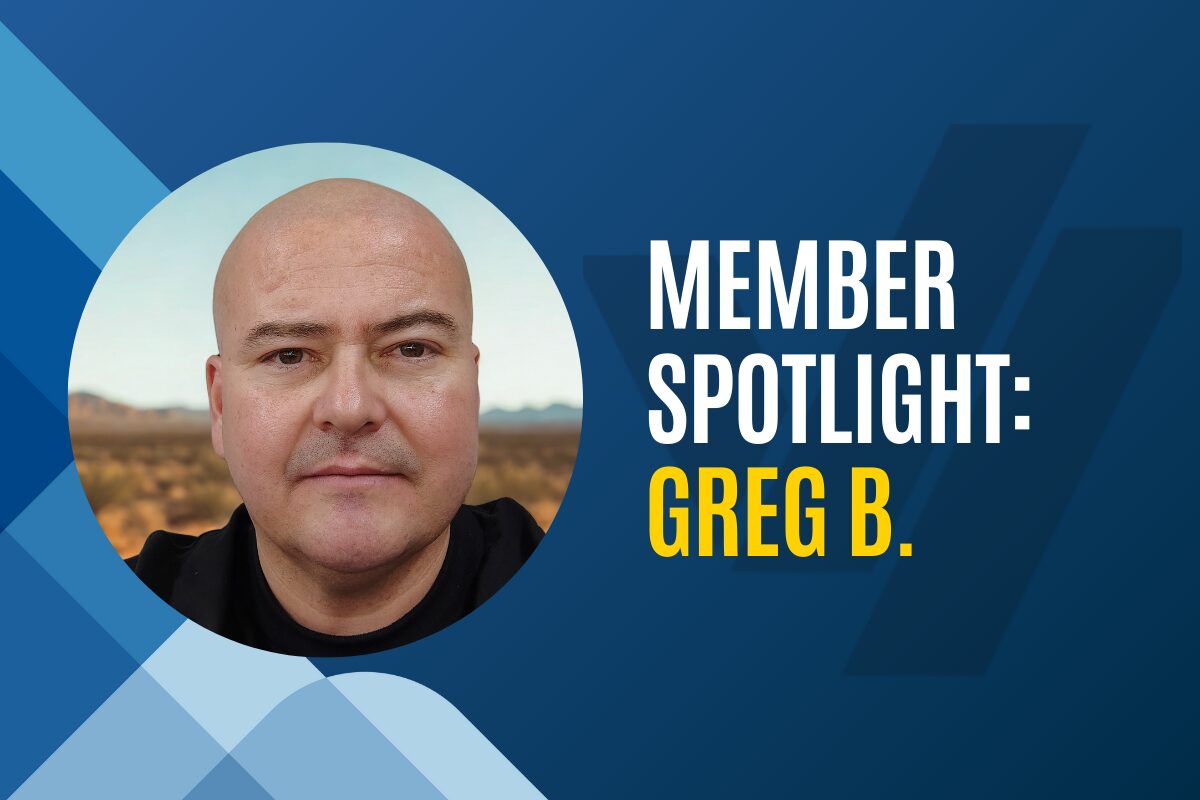Is spending creating a mountain of credit card debt? Rather than fear that credit card statement, it’s more productive to make a plan to destroy that debt.
Paying off credit cards can seem difficult, but with a solid strategy and change of mindset, it is possible. Let’s look at some debt-busting options so you can eliminate it.
First, Figure out why you got into so much credit card debt
Set aside some time to evaluate your credit card usage. Are you making payments only to turn-around and spend more than you can pay off in a reasonable amount of time? If so, paying down your credit card balance can feel like grabbing handfuls of dirt from a mountain—no matter how hard you try, your balance never seems to get any lower. Continuing to make credit card purchases while trying to pay down your balance is like shoveling snow during a blizzard. It can create a cycle that could last for years.
To put a dent in your credit card debt, you’ll need to break some bad habits. Are you using your card for purchases well outside your budget? If so, it is no wonder you are having a difficult time paying down your balance.
If you notice your balance start to rise above a comfortable level, put the card away so you’re not tempted to pull it out for impulse buys. Even small purchases can add up over time and cancel out your debt destroying mission.
Curb the urge to use your credit cards for items you can’t afford. Most purchases can wait until you’re able to afford them and, as the saying goes, the best things come to those who wait. And one of the best things in life is being debt free.
Bad Strategy: Paying the minimum
It’s tempting to only commit to the minimum payment on your credit card statement. We’ve all got lives to lead and it’s nice to have some cash on hand to get through the week. Try to resist the temptation, because every time you make the minimum payment your balance due may decrease, but you’ll continue to pay interest on your unpaid balance.
Because most of your minimum payment goes toward paying off interest, this practice could extend your payoff for years, especially if you have a significant amount of debt.
Let’s say you hold a balance of $1,000 with an 18% Annual Percentage Rate (APR). A year of minimum payments at $25 adds up to $300 per year. Only $120 of these payments goes toward paying the balance while the rest gets allocated to interest. Under this scenario, at the end of the year, your balance still totals $880.
Let’s move on to some better strategies for paying off your credit card debt.
Balance Transfers: Giving you temporary reprieve from mounting interest
If you have a decent credit score, you may qualify for a balance transfer. Often, balance transfers allow you to pay no interest for a year. This gives you some time to catch up without throwing your money into an interest black hole.
Cons: Balance transfers don’t always cover your entire balance, so you may be left paying off multiple credit cards.
Personal Loans: Wrap all of your credit card debt into one (larger) payment
If you have a good credit score, you may be able to get a personal loan to pay off your credit card debt. Personal loans usually offer a better interest rate than the typical 18-24% APR on a credit card.
Personal loans can serve as an effective tool if you’re paying off several credit cards at once. Now instead of making several payments, you make just one.
Cons: Your monthly payments will be larger due to the consolidated debt, so this method only works if you’re able to afford the payment each month.
Debt Avalanche: The fastest way to pay off your credit card debt
We usually associate an avalanche with danger. But a debt avalanche can serve as the most effective way to get rid of credit card debt. A debt avalanche involves first paying off your cards with the highest balance. Meanwhile, you pay only the minimum on your other credit cards. Since your interest costs increase with your balance, the avalanche decreases the amount of interest you’ll pay. This means that your credit card ultimately gets paid off quicker than any other approach.
Cons: If you have multiple cards, the avalanche method takes longer to pay off each single card. This can be psychologically defeating for some. For those who need a string of small victories to keep going, read on to the next strategy.
Debt Snowball: Taking out one card at a time
The debt snowball is like the bizarro version of the debt avalanche. Rather than paying off your credit cards with the highest balance, you instead target the cards with the smallest balance. While focusing on the card with the lowest balance, you only pay the minimum on your other cards.
Are you the type who gains motivation from finishing a level on a video game or finishing a chapter of a book? If those little victories stir you to action, then the debt snowball will likely work well for you.
Cons: You’ll end up paying more interest in the long run using the debt snowball method. Because while you focus on the lower balance cards, the larger balance cards rack up more debt from interest charges. However, the psychological effect of paying off credit cards one-by-one can serve as a powerful motivator.
Whichever method you choose, remember that you have options to pay off your credit card debt. Before deciding on a path, reflect on your personality to figure which works best for you. Also, consider combining methods, such as applying for a balance transfer and using the debt avalanche.
Destroying your credit card debt might appear to be a hopeless journey, at least at first. But through sticking to a plan and practicing discipline, you’ll get that balance back to zero.





